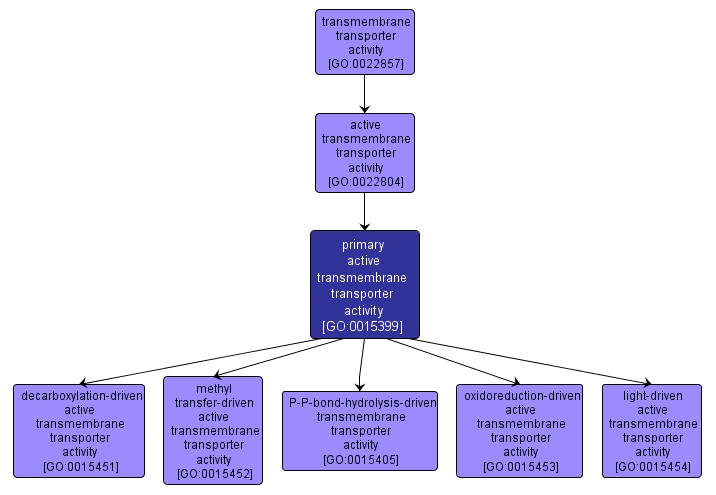| Desc: |
Catalysis of the transfer of a solute from one side of the membrane to the other, up the solute's concentration gradient, by binding the solute and undergoing a series of conformational changes. Transport works equally well in either direction and is powered by a primary energy source. Primary energy sources known to be coupled to transport are chemical, electrical and solar sources. |














